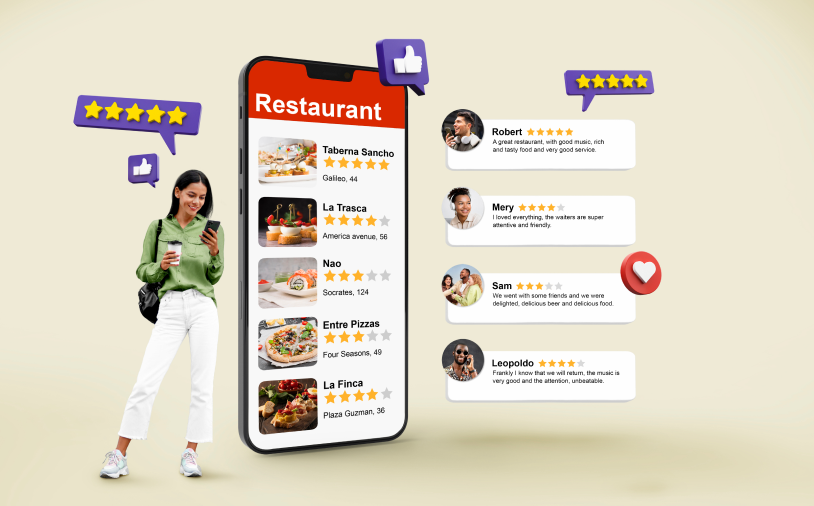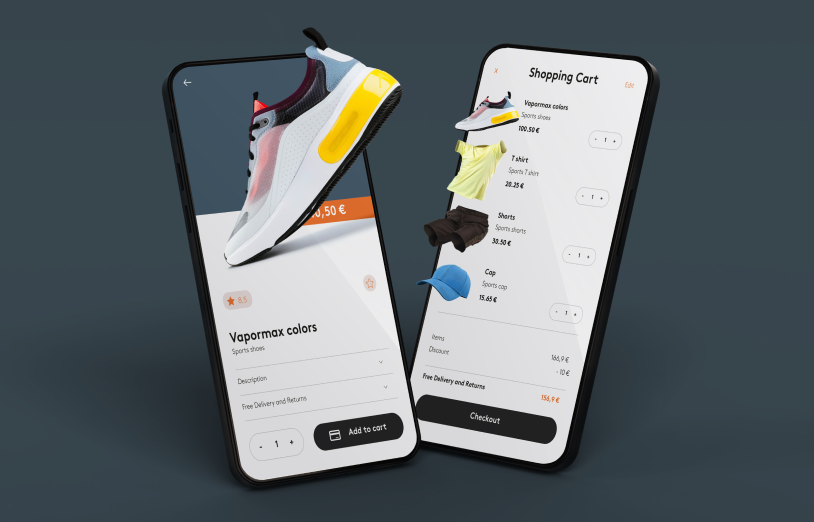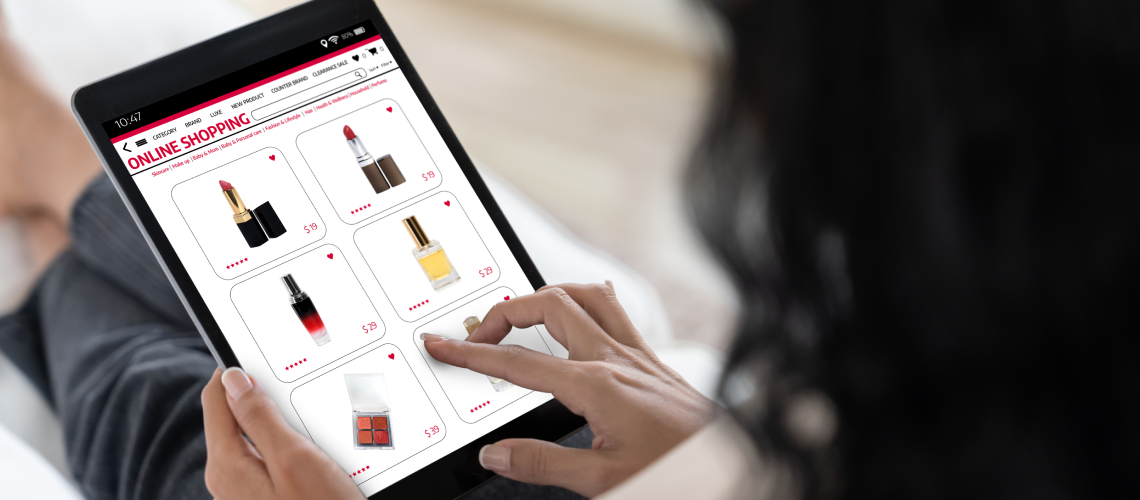Are you ready to enhance your product pages and drive those conversions up? Fantastic! Let’s explore some effective strategies that can transform your product pages from ordinary to outstanding.
In online shopping, your product page is your storefront. It’s where potential customers decide whether to click “Buy Now” or keep scrolling. With fierce competition and high customer expectations, optimizing your product pages is crucial for standing out and increasing sales. Think of it as setting up an inviting, well-organized, and persuasive display that makes visitors not only want to stay but also make a purchase.
This guide is packed with practical, real-world tips to help you create product pages that not only attract visitors but also convert them into loyal customers. From crafting compelling product titles and descriptions to leveraging high-quality images and videos, encouraging user reviews, and ensuring fast loading times, we’ll cover all the bases. Whether you’re just starting out or looking to fine-tune your existing pages, these strategies will help you enhance the shopping experience and boost your conversion rates.
So, let’s get started on turning your product pages into conversion powerhouses:

1. Craft Compelling Product Titles and Descriptions
Product Titles:
- Be Descriptive and Specific: Your product title is the first thing customers see. Make it clear, engaging, and informative. Include essential details like brand, model, and key features.
- Incorporate Keywords: Perform keyword research to discover what terms your target audience is using. Integrate these keywords naturally into your titles to improve search engine visibility.
Product Descriptions:
- Focus on Benefits: Highlight how your product meets customer needs or solves a problem. While technical specifications are important, emphasizing benefits makes a stronger impact.
- Use Bullet Points: Break down features and benefits into concise bullet points. This makes it easier for customers to quickly grasp the product’s value.

2. High-Quality Images and Videos
Images:
- Multiple Angles: Provide high-resolution images showing the product from various angles. This helps customers get a comprehensive view.
- Zoom Feature: Enable a zoom function so users can examine details closely, which is particularly useful for products where material and texture matter.
Videos:
- Product Demonstrations: Create short videos showcasing how the product works. This can address common questions and highlight key benefits.
- Customer Testimonials: Include videos of customers sharing their experiences. Authentic testimonials can build trust and credibility.

3. User Reviews and Ratings
Encourage Reviews:
- Follow-Up Emails: Send follow-up emails asking customers to leave reviews after their purchase. Offering incentives like discounts on future purchases can boost participation.
- Easy Review Process: Simplify the review process to encourage more feedback. A straightforward system can significantly increase review volume.
Display Reviews Prominently:
- Highlight Key Reviews: Feature detailed and positive reviews prominently on your product page. These can serve as powerful testimonials.
- Respond to Reviews: Engage with customers by responding to their reviews, both positive and negative. This shows you value their feedback and are committed to improvement.

4. Clear and Persuasive Calls to Action (CTAs)
Primary CTAs:
- Action-Oriented Language: Use clear, direct language like “Add to Cart” or “Buy Now.” Ensure the CTA stands out visually on the page.
- Positioning: Place the primary CTA above the fold so it’s visible without scrolling. Consider a secondary CTA further down the page for added visibility.
Secondary CTAs:
- Wish List or Save for Later: Provide options for customers who aren’t ready to purchase immediately. This helps capture leads for future conversions.
- Cross-Selling and Up-Selling: Suggest related products or accessories to increase the average order value. Use CTAs like “Frequently Bought Together” or “You May Also Like.”

5. Optimize for Mobile Users
Responsive Design:
- Mobile-Friendly Layout: Ensure your product pages are responsive and look great on all devices. Mobile users should have a seamless shopping experience.
- Easy Navigation: Simplify navigation to help users find what they’re looking for quickly. Use a sticky menu or hamburger menu for mobile devices.
Mobile-Specific Features:
- Click-to-Call Buttons: For businesses that offer support or customer service, include click-to-call buttons. This allows mobile users to contact you easily.
- Mobile Payment Options: Offer mobile-friendly payment options like Apple Pay, Google Wallet, and other digital wallets.

6. Fast Loading Times
Optimize Images and Videos:
- Compress Files: Use tools to compress images and videos without compromising quality. This can significantly reduce loading times.
- Lazy Loading: Implement lazy loading for images and videos, so they load only when the user scrolls to that part of the page.
Improve Server Performance:
- Content Delivery Network (CDN): Use a CDN to deliver content from servers closer to the user’s location. This can reduce latency and improve load times.
- Minimize HTTP Requests: Reduce the number of HTTP requests by combining files and using CSS sprites. This can streamline the loading process.

7. Build Trust with Secure Transactions
Security Badges:
- SSL Certificates: Ensure your site has an SSL certificate and displays security badges. This reassures customers that their data is secure.
- Trust Seals: Display trust seals from reputable organizations like Norton or McAfee. These can increase customer confidence in making a purchase.
Transparent Policies:
Clear Return Policies: Clearly state your return and refund policies. Make it easy for customers to find this information.
Privacy Policy: Provide a detailed privacy policy explaining how customer data is used and protected.

8. Leverage Social Proof
Social Media Integration:
- Share Buttons: Include social media share buttons on product pages. This allows customers to easily share products with their network.
- User-Generated Content: Encourage customers to share photos and videos of your products on social media. Feature this content on your product pages.
Influencer Endorsements:
- Collaborate with Influencers: Partner with influencers to promote your products. Display their endorsements and reviews on your product pages.
- Customer Photos: Showcase photos of real customers using your products. This adds authenticity and helps potential buyers visualize the product in use.

Conclusion
Optimizing product pages for conversions is an ongoing process that involves understanding your customers, testing different strategies, and continually refining your approach. By implementing these real-world strategies, you can enhance the user experience, build trust, and ultimately drive more conversions. Remember, the key is to make the shopping experience as seamless, informative, and engaging as possible.






